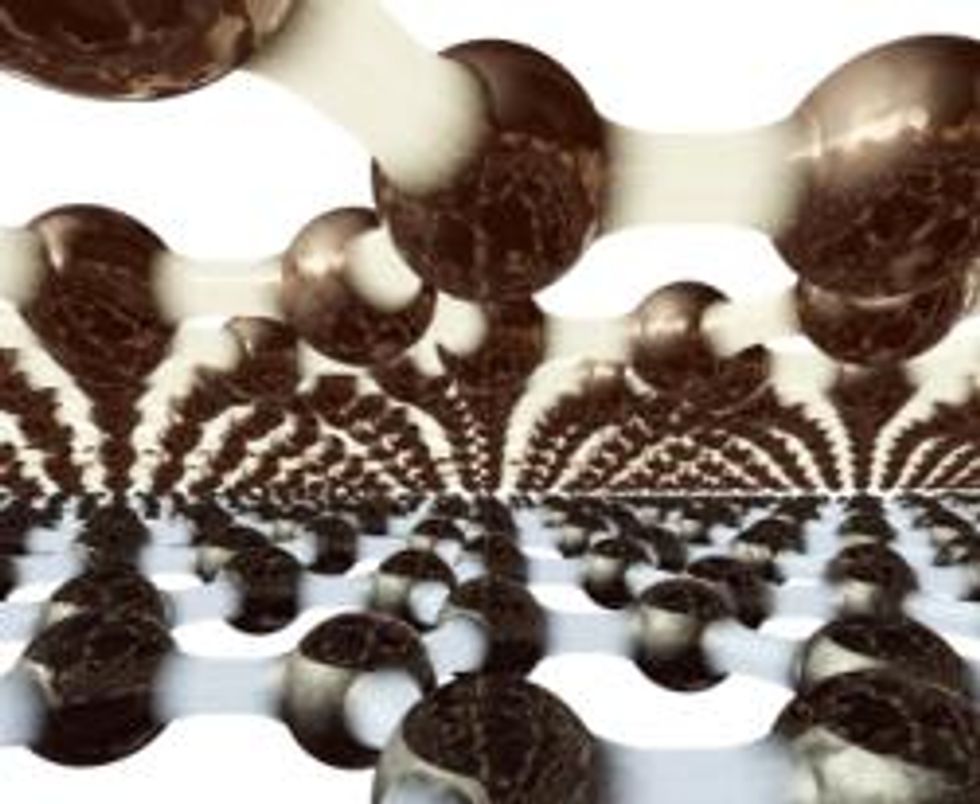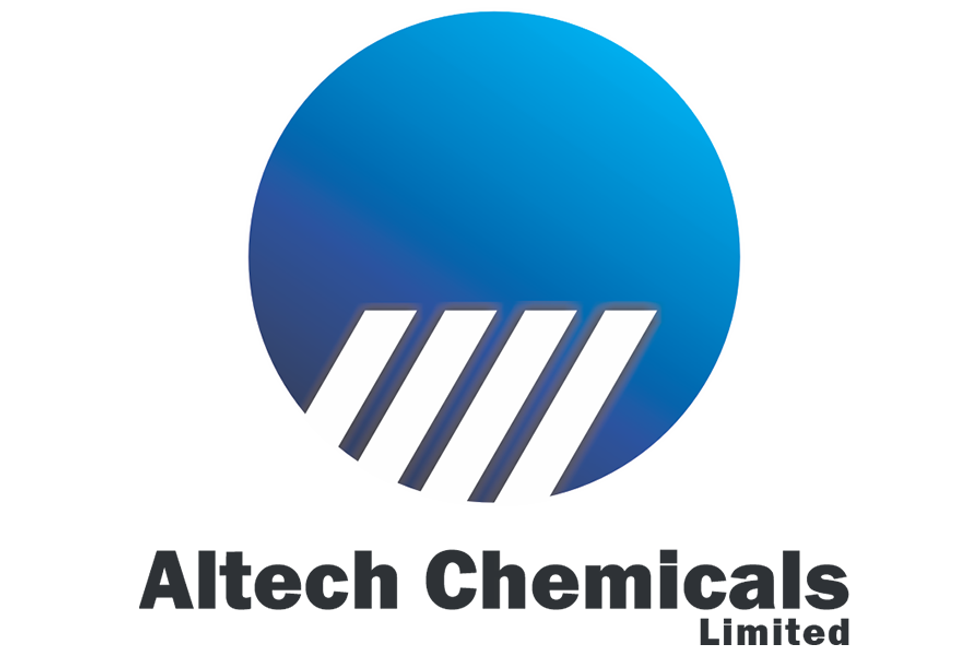MIT researchers may have found a way to desalinate sea water using graphene.
Known in scientific circles as a miracle material, graphene, which is derived from graphite, is seen as changing the way we live, with applications in telecoms, transistors, health and other areas.
Graphene, a one-atom-thick sheet of carbon, is many times stronger than steel and conducts heat and electricity well. Scientists are playing with the wonder material for a range of applications. But the research by MIT scientists is not focused on the electrical conductivity of graphene. Their finding promises an abundant supply of potable water to the world, which has not been possible until now because desalination technology is expensive and consumes a lot of energy.
In an excerpt of a paper published in journal Nano Letters, Jeffrey Grossman, associate professor of power engineering in MIT’s Department of Materials Science and Engineering, and his graduate student David Cohen-Tanugi, wrote that their research shows that “nanometer-scale pores in single-layer freestanding graphene can effectively filter NaCl salt from water.”
Graphene blocks sodium, chlorine
Their research showed that when water molecules, and sodium and chlorine ions in saltwater, encounter a sheet of graphene, perforated by holes of the right size, the water passes through, but the sodium and chlorine of the salt are blocked, according to a press release:
“We were very pleasantly surprised” by how well graphene performed compared to existing systems in computer simulations, Grossman said in a statement. For now, Grossman and Cohen-Tanugi have been doing computer simulations of the process to determine its optimal characteristics. “We will begin working on prototypes this summer,” Grossman said.
Currently the common method of desalination, called reverse osmosis, uses membranes to filter the salt from the water. But these systems require extremely high pressure and thus energy to force water through the thick membranes, which are about a thousand times thicker than graphene.
The new graphene system being researched at MIT operates at a much lower pressure, and could purify water at far lower cost, the researchers said.
Graphene system faster
While reverse osmosis has been used for decades, “really basic mechanisms of separating salt from water are not well understood, and they are very complex,” Cohen-Tanugi said in a statement, adding that it is very difficult to do experiments at the scale of individual molecules and ions. But the new graphene-based system, he said, works “hundreds of times faster than current techniques, with the same pressure” — or, alternatively, the system could run at similar rates to present systems, but with lower pressure, the statement said.
According to National Geographic, nearly 70 percent of the earth is covered by water, but only 2.5 percent of it is fresh water. The rest is saline and ocean-based. Quoting UN statistics, National Geographic said that by 2025, an estimated 1.8 billion people will live in areas plagued by water scarcity, with two-thirds of the world’s population living in water-stressed regions as a result of use, growth and climate change.






